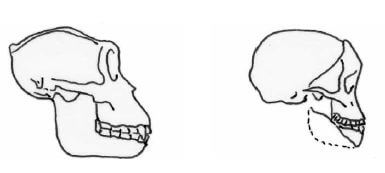APPENDIX 1: BLANK DRAWINGS GRADE 12 NOTES – LIFE SCIENCES STUDY GUIDES Appendix 1 serves as a cornerstone within the arsenal of study materials for Grade 12 Life Sciences students. Comprising a series of blank drawings, it offers a dynamic platform for learners to engage with the subject matter on a deeper level. These drawings span a spectrum of topics, ranging from anatomical structures to ecological interactions, providing a canvas for students to visualize and comprehend complex biological concepts.
APPENDIX 1: BLANK DRAWINGS
In this section you will find a number of key diagrams from this study guide. These blank diagrams can help you prepare for the exam in two ways:
- You can use them to practise your drawing and labelling skills. You may be asked to draw a diagram in the exam, so make sure you follow the guidelines set out on page 113 when you redraw and label a diagram.
- These diagrams are a valuable study aid. They summarise key information and important processes in Life Sciences. If you can label all these diagrams correctly on your own, without looking at them in the text, you’ll be well prepared for the exam.
The following diagrams are included:
Topic 1: DNA: The code of life
- Nucleotide
- DNA
- RNA
- Replication of DNA
- Protein synthesis
Topic 2: Meiosis
- Homologous chromosomes
- Stages in meiosis I
- Stages in meiosis II
Topic 3: Reproduction
- Male reproductive system
- Sperm cell
- Female reproductive system
- Hormonal control of the menstrual cycle
- Fertilisation and gestation
Topic 4: Responding to the environment: humans
- Brain
- Neuron
- Reflex arc
- Eye
- Accommodation
- Pupillary mechanism
- Ear
Topic 5: Human endocrine system
- Name, position and functions of glands
Topic 6: Homeostasis in humans
- Skin regulating temperature on a hot and cold day
Topic 7: Evolution
- Characteristics we share with the African apes
- Characteristics that make us different from the African apes
Topic 1: DNA: The code of life
- Nucleotide
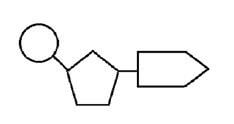
- DNA
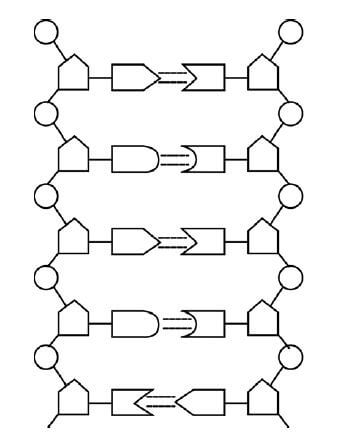
- RNA
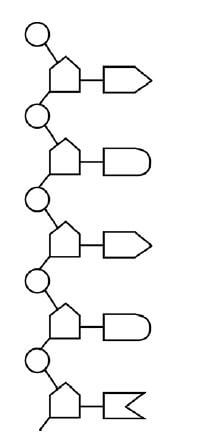
- Replication of DNA
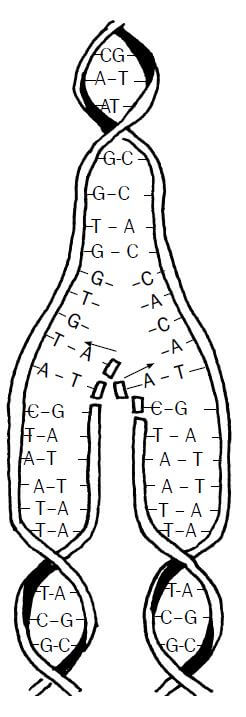
- Protein synthesis
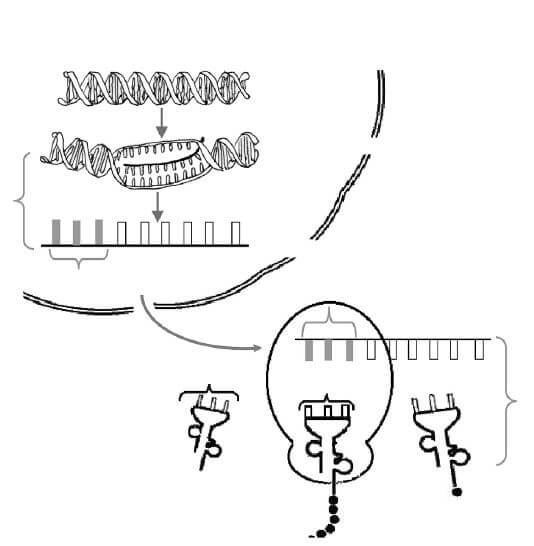
Topic 2: Meiosis
- Homologous chromosomes

- Stages in meiosis I
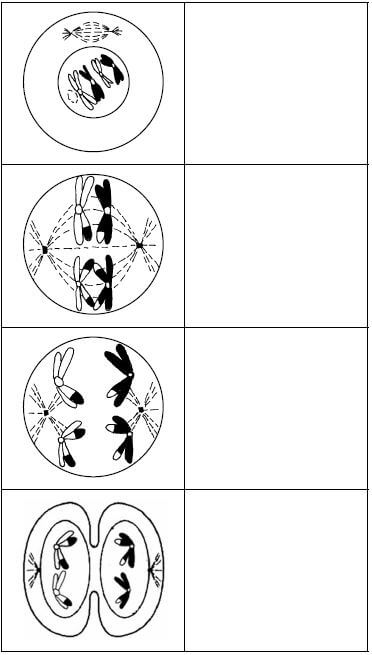
- Stages in meiosis II
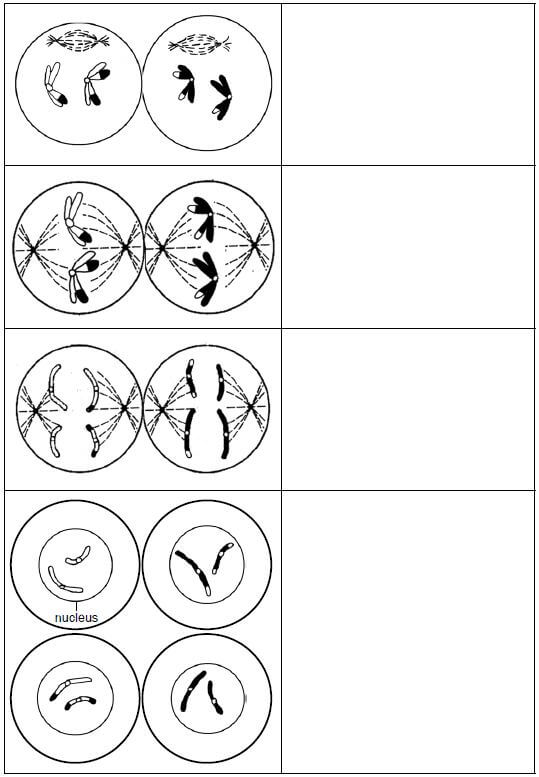
Topic 3: Reproduction
- Male reproductive system
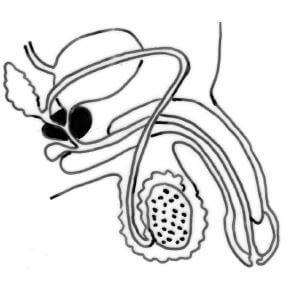
- Sperm cell
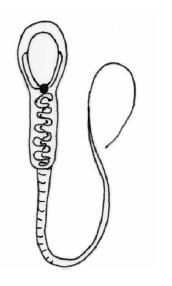
- Female reproductive system
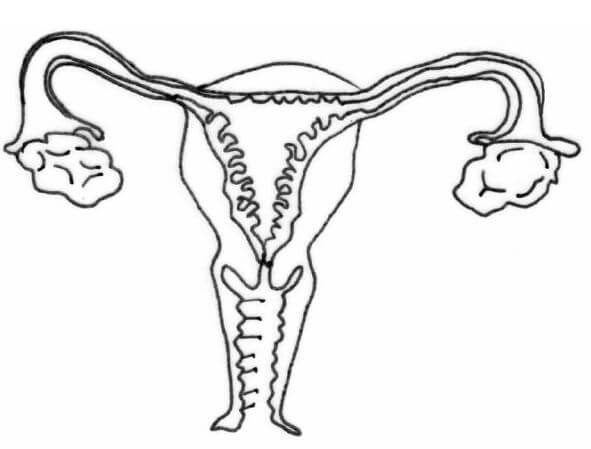
- Hormonal control of the menstrual cycle
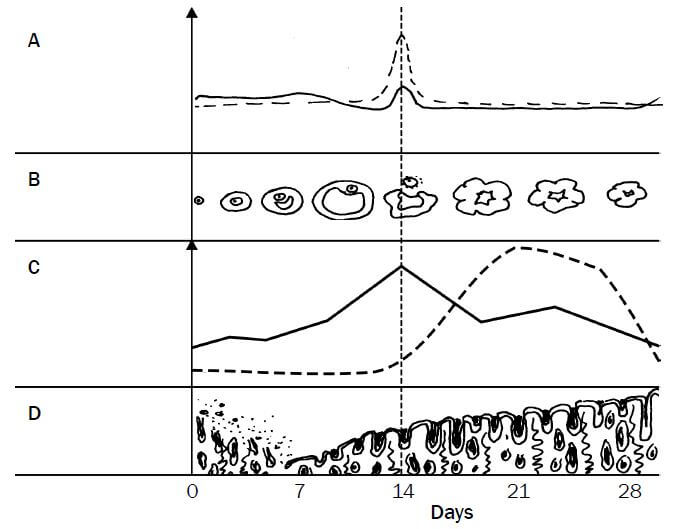
- Fertilisation and gestation
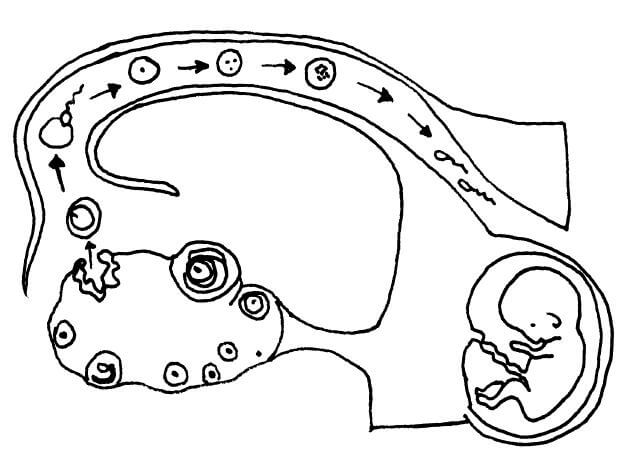
Topic 4: Responding to the environment: humans
- Brain
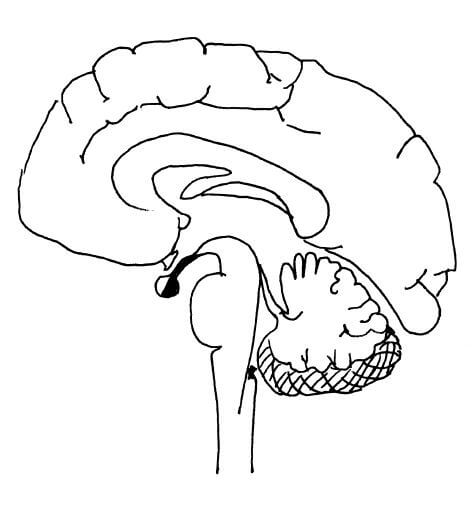
- Neuron
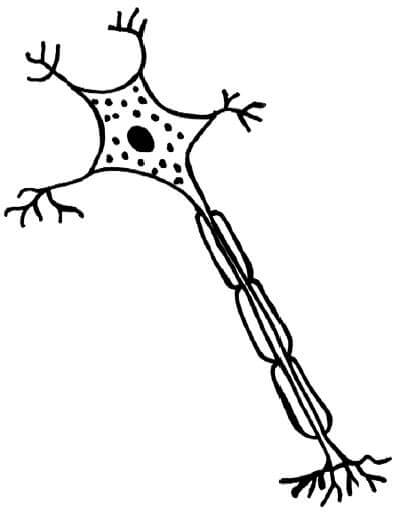
- Reflex arc
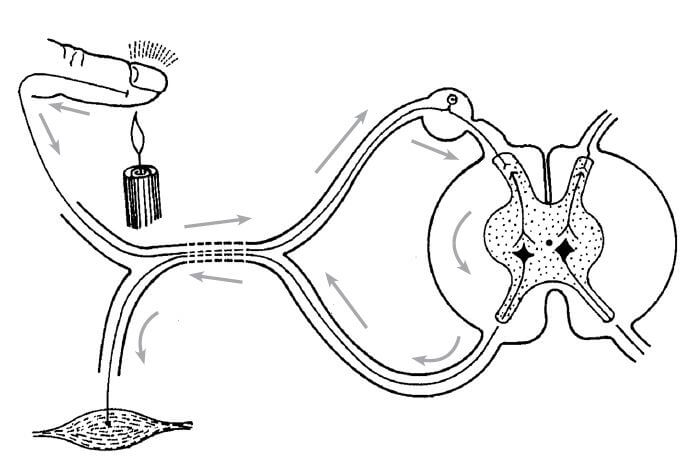
- Eye
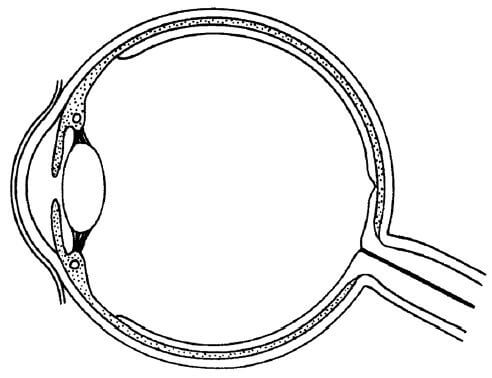
- Accommodation
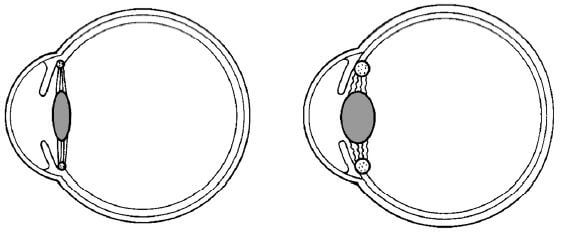
- Pupillary mechanism

- Ear
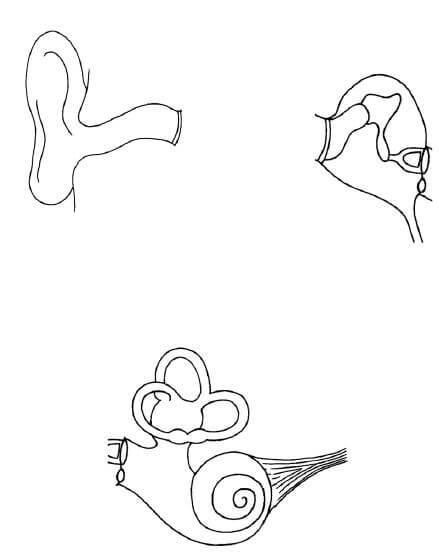
Topic 5: Human endocrine system
- Name, position and functions of glands

Topic 6: Homeostasis in humans
- Skin regulating temperature on a hot and cold day
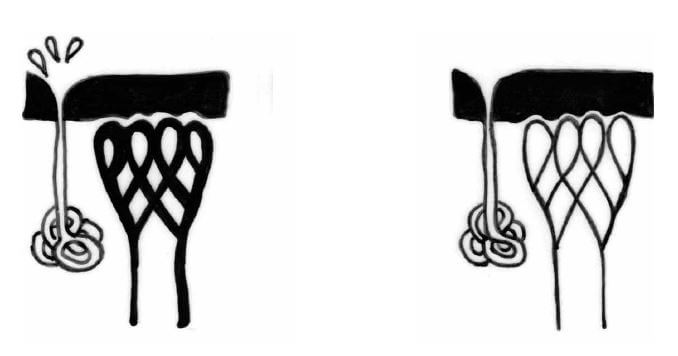
Topic 7: Evolution
- Characteristics we share with the African apes

- Characteristics that make us different from the African apes
